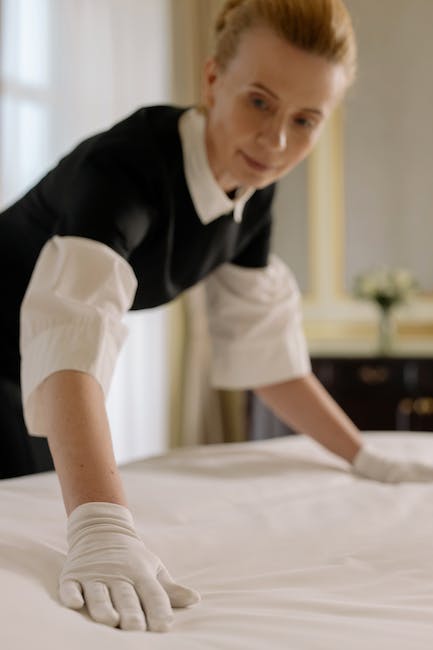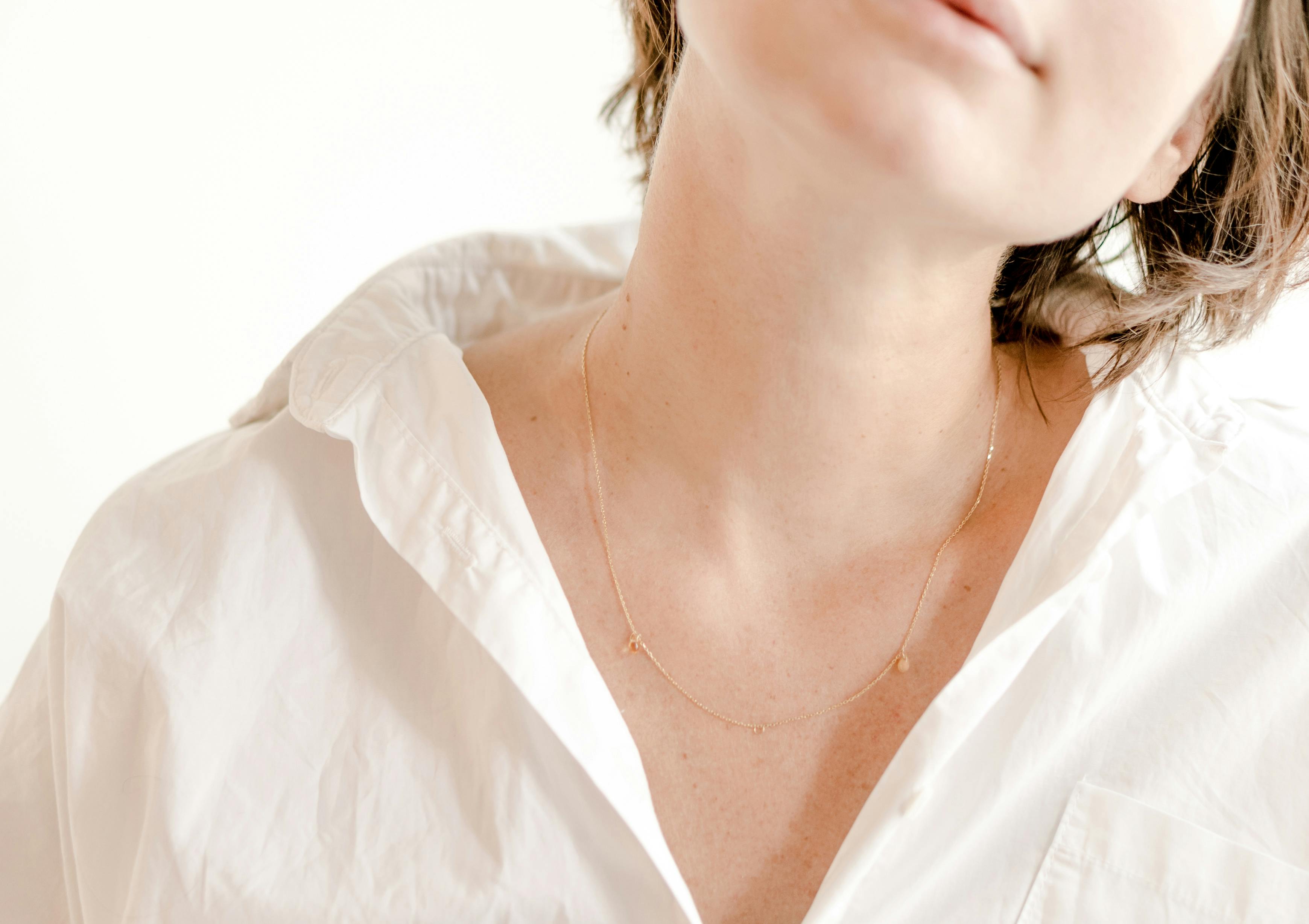How Long To Wear Cone After Spay

One of the most common questions asked by pet owners after their pet has been spayed is ‘how long should I keep the cone on my pet?’ It is important to remember that the post-surgical recovery process is an important part of successful spay surgery and the wearing of a cone can play an important role in it. In this article, we will look at how long you should wear a cone after your pet has been spayed and what signs to look for that will indicate when it’s time to remove it.The amount of time that you should keep the cone on your pet after they have been spayed varies. Generally, it is recommended to keep the cone on for at least 10 days after the surgery. This will help to ensure that your pet does not lick or scratch at the incision area, which can lead to infection or other complications. If your pet is particularly active, you may need to leave the cone on for longer than 10 days. It is important to follow your veterinarian’s instructions when it comes to timing for taking off the cone.
What Is The Healing Time For Spaying?
The healing time for spaying depends on the size of the dog and any other individual factors. Generally, it is expected to take around two to three weeks for a full recovery. During this time, it is important to keep an eye on your dog and monitor any signs of infection or adverse reactions. If there are any concerns or complications, you should contact your vet immediately.
In the first few days after the surgery, your pup may be a bit uncomfortable while recovering from the anaesthesia and the spay procedure itself. It’s important to limit their activity and make sure they are getting plenty of rest during this time. This means limiting playtime and restricting access to stairs, furniture, etc.
It is also important to keep the wound area dry and free from dirt and debris during recovery. Your vet may prescribe antibiotics or other medications to help reduce swelling and ensure proper healing. You should follow all instructions provided by your vet carefully.
After about a week or two post-surgery, you can start gradually increasing activity levels as your pup recovers from the spay procedure. However, it is important to wait until given permission by your vet before returning to normal activities such as running or playing with other dogs.
By following all instructions given by your veterinarian and monitoring closely for any signs of infection or adverse reactions, you can help ensure a smooth recovery process for your pup after their spay surgery.
Caring for Your Pet After a Spay Procedure
After your pet has been spayed, it is important to take special care of them as they recover from the procedure. It is important to follow any instructions given by your vet, and watch your pet closely during their recovery. Here are some tips for caring for your pet after a spay procedure:
Provide a Calm Environment: It is important to keep your pet in a calm environment where there is no jumping or playing. This will help prevent possible complications, such as hernia formation or infection.
Limit Exercise: Exercise should be limited for the first week after the procedure. If allowed outside, only allow short and slow walks on a leash until your vet advises otherwise. You may also need to restrict jumping and other strenuous activities until recovery is complete.
Monitor Eating Habits: Make sure that your pet is eating after the surgery, as this helps with the healing process. If they are not eating on their own after 24 hours, contact your vet for advice on how to encourage them to eat.
Check Wound Site: Check the wound site regularly for signs of infection such as redness, swelling or discharge. If any of these signs appear, contact your vet immediately for advice on how to proceed.
Watch For Signs Of Pain: Watch out for signs that your pet may be in pain such as panting, restlessness or excessive licking of the wound site. If you notice any of these signs contact your vet immediately and describe what you have seen.
By following these simple steps you can ensure that your pet recovers quickly and safely from their spay procedure and can enjoy life with you again soon!
Reasons to Keep Your Pet in a Cone After a Spay Procedure
Spaying your pet is an important step toward ensuring their health and well-being, and keeping them in a cone after the procedure is equally important. The cone, commonly referred to as the Elizabethan collar, prevents your pet from licking or chewing on the area where the surgeon made an incision. Here are some reasons why you should keep your pet in a cone after spaying:
Reduce Infection Risk
The main reason for using the Elizabethan collar is to prevent your pet from licking or scratching at their surgical site. This helps reduce the risk of infection by preventing saliva, dirt, and bacteria from entering the incision site. It also prevents them from nibbling on any stitches that may have been used to close the wound.
Reduce Irritation
Keeping your pet in a cone can also help reduce irritation of the surgical site. If your pet licks or scratches at it, they may cause further irritation and delay healing. The cone provides a physical barrier that prevents contact with the area while it heals.
Promote Healing
The cone also serves as protection against other pets and people who may not be aware that they should avoid touching your pet’s incision site. By preventing contact with others, you can promote proper healing without interruption or disruption.
Although wearing a cone may be uncomfortable for your pet, it is essential for proper healing after they have been spayed. Keeping them in a cone for two weeks post-surgery will ensure that their incision stays clean and dry and allows them to heal properly without any complications.
Caring for a Wound Following a Spay Surgery
Once your pet has undergone a spay surgery, it is important to take proper care of the wound in order to ensure that your pet’s recovery is successful. After surgery, the wound should be kept dry and a bandage should be placed over it. The bandage should be changed regularly and the wound should be cleaned with warm water and antibacterial soap. If any drainage or discharge is present, it should be reported to your veterinarian as soon as possible.
It is also important to monitor the area for any signs of infection. These include redness, swelling, tenderness, warmth, and an unpleasant odor. If any of these symptoms are present, contact your veterinarian immediately for further instructions. It is also important to keep your pet from licking or chewing at the wound site as this can cause irritation and infection.
Your veterinarian may prescribe medications such as antibiotics or anti-inflammatories to help with healing and reduce discomfort. It is important to give all medications exactly as prescribed by your veterinarian. Pain medications may also be prescribed if necessary.
Finally, it is important to keep your pet quiet during her recovery period. Restrict activity levels and do not allow her to jump on furniture or run around excessively until her veterinarian clears her for normal activity levels. This will help speed up recovery time and avoid any potential complications.
By following these simple steps you can ensure that your pet’s post-operative care goes smoothly and that she recovers quickly from her spay surgery.

When To Start Feeding Your Pet After A Spay Surgery
It is important to understand when to start feeding your pet after a spay surgery. Generally, it is best to wait at least 12 hours after the procedure before offering any food or water. This will help ensure that your pet’s body has enough time to recover from the anesthesia and the surgery itself. It is also important to make sure that your pet is not in any pain or discomfort when offering food and water.
When introducing food, it is best to start with small amounts of bland, easy-to-digest foods such as boiled chicken or white rice. These types of foods are gentle on the stomach and can help your pet recover quickly from surgery. Once your pet has been eating these foods for a few days, you can slowly introduce more variety and new flavors into their diet.
It is also important to feed your pet several small meals throughout the day instead of one large meal. This will help keep their energy levels up and prevent them from feeling too full or uncomfortable after eating. Additionally, it can be helpful to provide wet food as this will be easier for your pet to eat while they are recovering from the surgery.
Overall, it is important to understand when it is safe for you to begin feeding your pet after a spay surgery. Generally speaking, it is best to wait 12 hours after the procedure before introducing any food or water and then slowly reintroduce new flavors and textures into their diet over time as they recover.
The Benefits of Wearing an Elizabethan Collar (E-Collar) After a Spay Surgery
Spaying your pet is one of the most important steps you can take to ensure their health and safety. An Elizabethan collar, also known as an E-collar, is a plastic or fabric cone that your pet wears around their neck after a spay surgery. While it may look strange, wearing an E-collar can be beneficial for your pet in many ways.
One of the primary benefits of wearing an E-collar is that it prevents your pet from licking or scratching the area around their incision site. Pets may be tempted to lick at the wound and disrupt the healing process. The E-collar prevents them from being able to do so, allowing the incision site to heal properly and quickly.
Another benefit of wearing an E-collar is that it helps keep your pet from developing infection at the incision site. While some pets may be able to resist licking at their wound, dirt and other debris can still enter without them knowing it. The E-collar acts as a barrier between the wound and any potential sources of infection.
Finally, wearing an E-collar can help reduce discomfort for your pet after surgery. Pets are often uncomfortable when trying to sleep or move around because they can’t see where they’re going with the cone on their head. The E-collar provides a cushion for them to rest against, helping them stay comfortable while recovering from surgery.
In short, there are many benefits to having your pet wear an Elizabethan collar after spay surgery. Not only does it prevent licking and scratching which can disrupt healing, but it also keeps out dirt and debris that could lead to infection and provides cushioning for greater comfort during recovery.
Create a Comfortable Recovery Environment
Creating a comfortable environment for your pet during their recovery from spay surgery is key. Start by setting up a quiet, warm space for them to rest. Place their bed in a place that is away from loud noises and other pets. Make sure the area is well-ventilated and free of drafts. It’s also important to provide easy access to food and water, as well as any necessary medications or supplements.
Monitor Activity Level
Your pet’s activity level should be monitored during recovery from spay surgery. It is essential that they remain calm and not exercise or play excessively as this could disrupt the healing process. Encourage your pet to rest frequently and limit their activity as much as possible until they are fully recovered.
Provide Proper Nutrition
Nutrition is an important factor in the recovery process for your pet after spay surgery. Feed them a balanced diet that includes plenty of lean proteins, healthy fats, complex carbohydrates, fiber, and vitamins and minerals. Avoid giving them any treats or snacks until their recovery is complete. If necessary, your veterinarian may recommend additional supplements or medications to help with the healing process.
Keep Wounds Clean
It’s important to keep your pet’s surgical wound clean while they are recovering from spay surgery. Gently clean the area with a damp cloth each day and apply any prescribed medications or ointments as directed by your veterinarian. Avoid letting your pet lick or scratch at the wound, which can cause infection or further irritation.
Is the Duration for Wearing a Cone After Spaying Similar for Cats and Dogs?
The duration of cone use after spaying varies between cats and dogs, largely due to their individual healing processes. Generally, both may require a cone for 10 to 14 days. However, dog breeds with larger bodies might need it longer, while cats may adjust more quickly to their recovery.
Contact Your Veterinarian Immediately
If you notice any signs of infection or discomfort during your pet’s recovery period, contact your veterinarian immediately for further evaluation and treatment options. Common signs of infection include swelling, redness, discharge from the wound site, excessive licking at the area, or fever. Seek medical attention right away if you notice any of these symptoms in your pet.

Conclusion
It is important to wear a cone after spay surgery to prevent the animal from chewing and licking the wound. It is also important to monitor the animal’s activity when wearing a cone and make sure it is not causing any physical or psychological distress. The length of time a cone should be worn after spay surgery depends on the situation and the healing rate of the individual animal. Generally, a cone should be worn for at least 10 days, but it can be longer if necessary. A veterinarian should always be consulted for specific recommendations regarding how long to wear a cone after spay surgery.
In conclusion, wearing a cone after spay surgery is an important part of the recovery process as it helps protect the wound from infection and further damage. The duration of time that an animal should wear a cone should be determined by their vet based on individual circumstance and healing rate.
